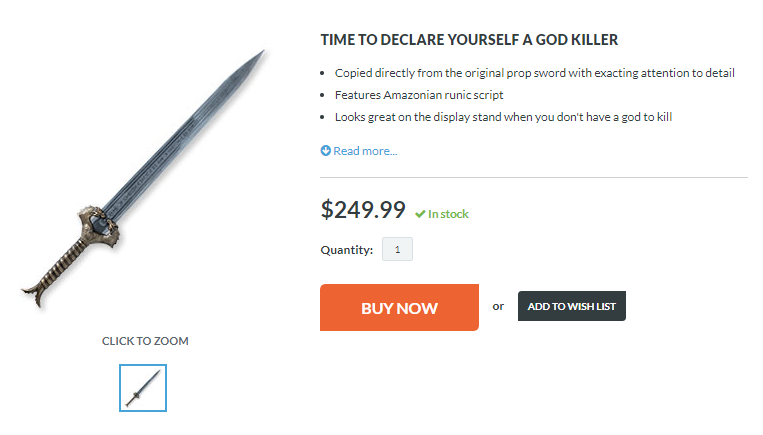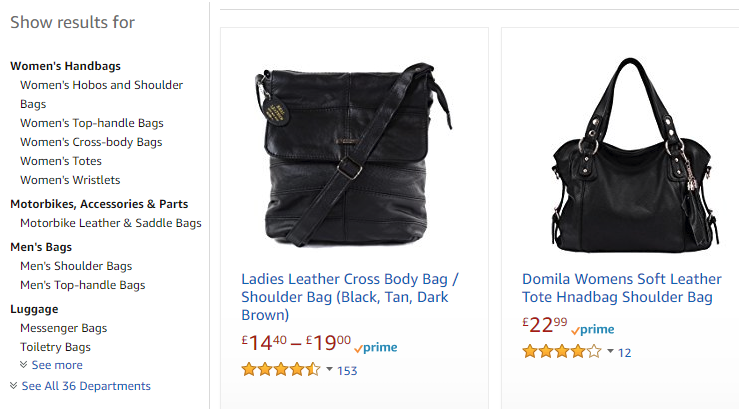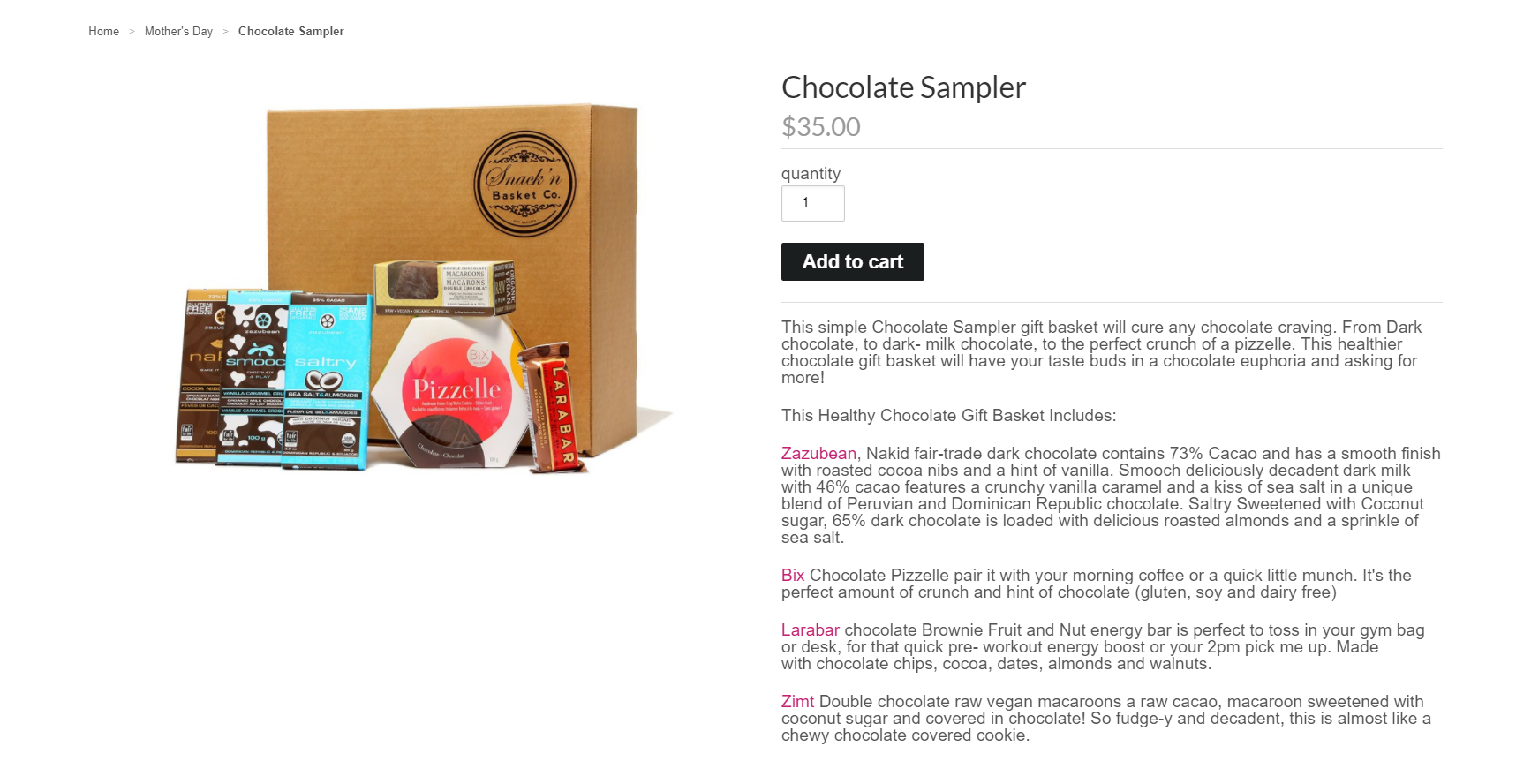Very few things in the world of commerce sell themselves. No matter what product it is you’re providing, you’re at least going to need to write a basic listing about what you’re offering and what the customer can expect to receive.
So how should you go about writing that all-important product listing?
Let’s run through a straightforward method for creating the ideal product listing; sounds grandiose, but it isn’t as tough as many people would imagine.
Tell the truth
We’re heading right to this one because it’s a common problem. A couple of years back, I got my dad a decent torchlight for Christmas. I did some research, asked him what features he wanted and picked something out. It seemed a solid choice. When he received it, he was delighted, because it did what he needed it to do. All was well.
A short while later, I discovered that the product listing had contained several lies (or falsehoods, if you’re feeling generous), most notably about the power of the torchlight. It didn’t suddenly make it a bad buy or anything, and the product still worked extremely effectively, but it soured me greatly on the seller.
If you’re going to sell something (and your business isn’t a front for some kind of tax-avoidance scheme), then presumably you believe it has something to offer, so just tell people what that is, and don’t lie to them.
If you lie, then the likelihood of receiving complaints and returns and compensation demands is only going to grow as time goes by and sales continue, until you earn a reputation for misrepresentation that will sully your brand for years to come.
And if you don’t lie, but you simply fail to get your facts straight, then you’ll be communicating to your customers that you’re lazy or simply don’t have the aptitude for the business world.
A simple and honest product listing that’s free of jargon and over-hyped marketing speak will help your customers build a realistic picture of what you’re selling, and who you are as a brand.
But feel free to add flourishes
If I were to tell you that the office chair I’m sitting in has a tasteful two-tone style, a woven-effect seat, and smooth, comfortable armrests, I wouldn’t be telling a lie. I’d simply be putting a positive spin on something pedestrian. There’s nothing wrong with that; we all want to be sold on the magic of the everyday.
As long as you’re not deceiving anyone, you can be as heavily persuasive as you like. Describe a mouldy cabbage in the awestruck tone typically reserved for Moon-bound astronauts if you want to. You may run the risk of going overboard with the colourful terminology, but I recommend erring slightly on the side of too much.
After all, when you go to a fancy restaurant, you don’t just expect great food. You expect great presentation as well. Sort out the presentation and it’ll make a decent product seem like an amazing one.

If you take the time to understand your customers, you’ll have a pretty good idea of what kind of qualities and tones they’ll view favourably. Then just work and rework things until you have something you’re happy with.
Tag everything you can
In the online world, fancy packaging holds no sway. You have, at best, a demonstration video or 3D render for the user to consider. That’s why tagging is essential for search functions both inside e-commerce platforms and in external search engines like Google.
If you’re selling a black leather bag, you want to be sure it’s going to show up as a result whether someone has searched for “black leather bag” or just selected the appropriate colour and material options in a filter. If you’re not on the shortlist, you can’t be selected.

It’s generally best to get all the information about your products in a vaguely-sensible spreadsheet and keep track of it so you’ll have the data when you need it. It isn’t so bad to build a product description entirely from scratch, but when you’re selling hundreds or even thousands of different things, all with varying configurations, that task can easily grow to take up a counterproductive amount of time.














